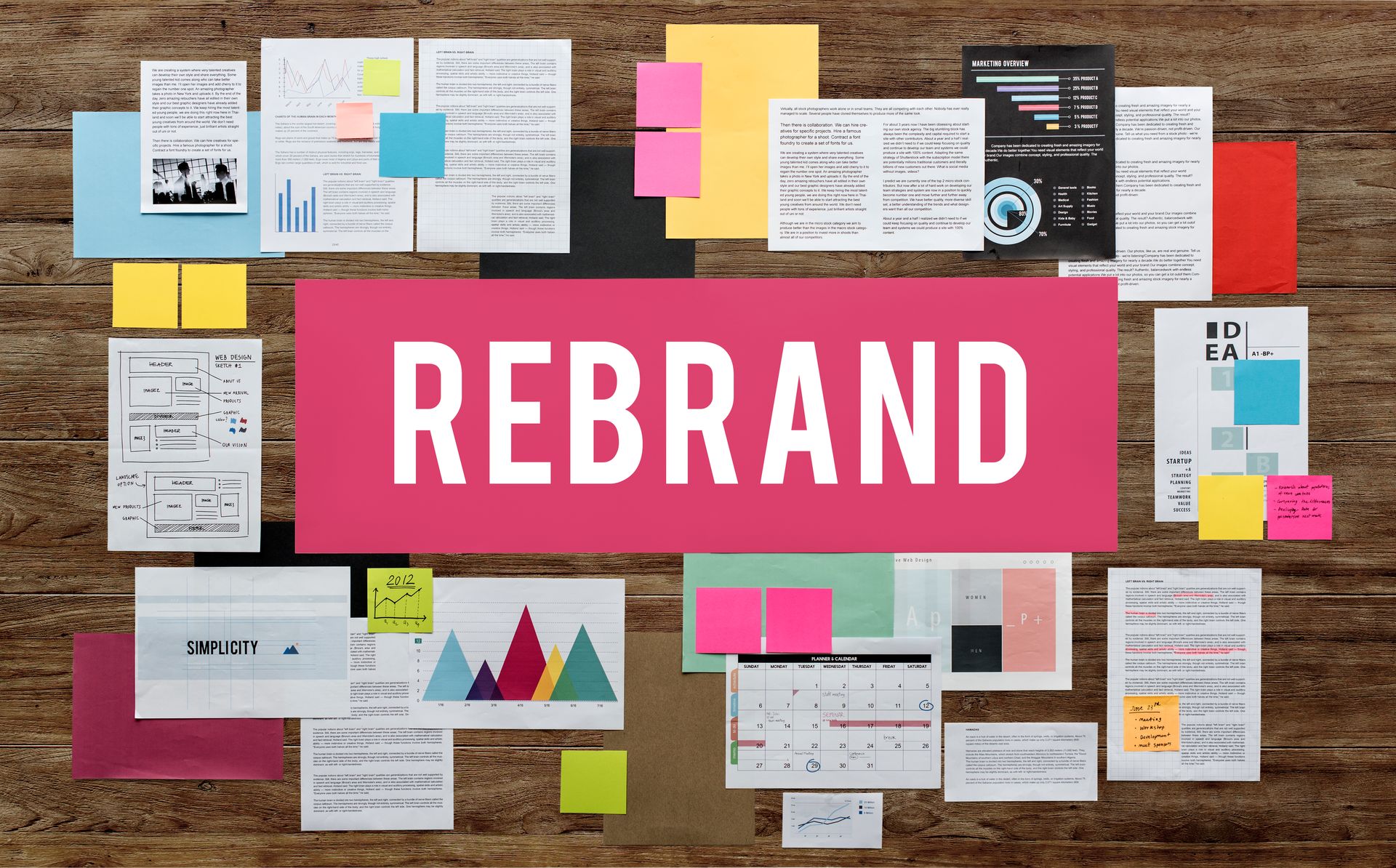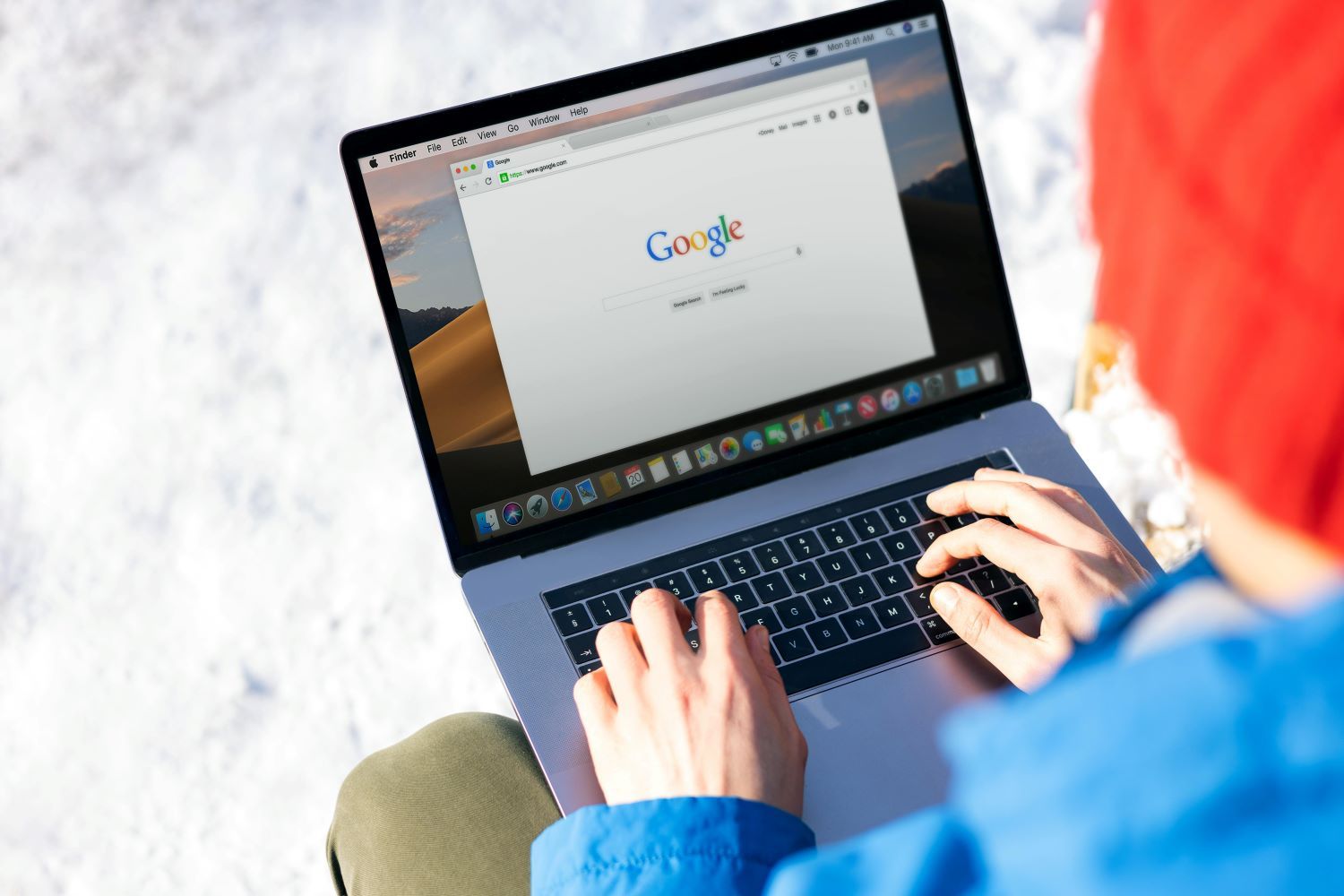MAINE
FLORIDA




The Latest Website Design Trends in 2023
The 2020s saw a lot of change, both on
the internet and in web design. We've seen new technologies emerge and websites
go through major redesigns—and this is just the beginning! In 2023, we'll see
even more changes in how websites are designed. Here are five trends that are
sure to define this year.
Dynamic Motion Design
The way we interact with websites has
changed in recent years. Users are looking for sites that are quick, slick, and
responsive. Dynamic motion design
helps achieve this by allowing
users to navigate a website intuitively, while also creating a visually stunning
experience.
Website Load Time and Page Speed
In recent times, website load time and
page speed have become more and more important.
Website load time can affect bounce rate,
with 53% of users leaving
if a site takes longer
than 3 seconds to load. It also affects the conversion rate, which is the
percentage of visitors who complete their desired action on your site (such as
signing up for an email list or making a purchase).
Page speed functions similarly—it impacts your search engine rankings
, customer
satisfaction, and ultimately, your conversion rate.
Typography
Typography is a fundamental design tool
for creating a visually pleasing and effective website. In fact, it can frame
the overall experience for the user. As such, it can be used to create
hierarchy, balance, and rhythm—all of which contribute to the overall aesthetic
appeal of your site.
Geolocation/Browser-Based Content
Geolocation and browser-based content are
the future of web design. The rise of mobile devices has made geolocation an
increasingly important feature for websites to have. According to a study, 63% of all organic searches
are now done on
mobile devices. This means that if you want your website to be easily
accessible by users looking for information or services on their
phones/tablets, it's crucial that you optimize your site based on geotargeting
needs.
Accessibility and Availability
Accessibility
and availability are two
requirements of the web, and they're important for all kinds of people.
Accessibility means that everyone should be able to use your website regardless
of their physical or cognitive abilities, while availability means they should
be able to access it whenever they want.
For example, a person with a disability
who uses assistive technology might need a page's content to be in an
easy-to-read format (like plain text) so that their speech synthesizer can read
it out loud. Alternatively, a user in a low bandwidth area may not be able to
load any images or videos; instead, they may need text navigation links at the
top of each page.
We’ve covered a lot of ground with this
article, but we hope you enjoyed the journey. We know how difficult it can be
to keep up with the latest trends in website design, especially when there are
so many different opinions and options out there. Fortunately, you don’t have
to do it alone!










Maine Street Marketing
MAINE
FLORIDA
All Rights Reserved | Maine Street Marketing | Website Designed & Hosted by Maine Street Marketing, Inc., Saco Maine

